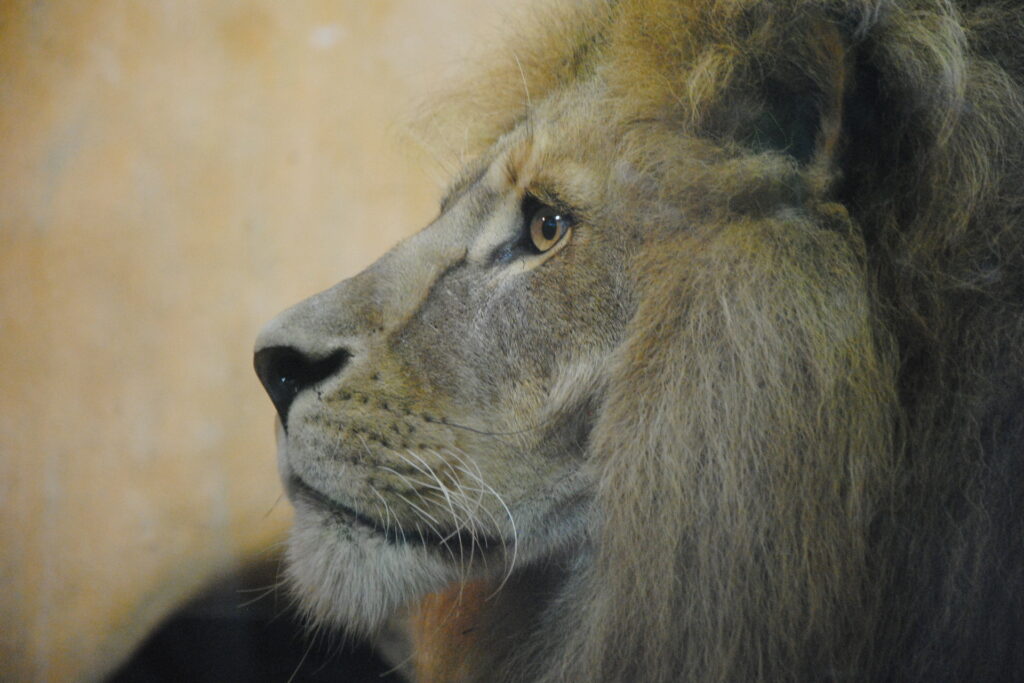The Lion Noses at Odeonsplatz in Munich: A Tradition of Luck and Legend
At the entrance to the Munich Residence on Odeonsplatz, a charming and historic tradition continues to delight locals and tourists alike: touching the noses of the lion statues. These lion noses have become a symbol of good luck and happiness, with many believing that a simple touch can bring positive energy and fortune.
The Appearance and Significance of the Lion Noses
The lion noses are part of a decorative shield mounted on the entrance of the Residence. The shield is made of metal and features a humorous design, supported by a regal lion statue. Over the years, the metal has darkened with age, giving it an antique appearance, but the noses themselves shine brightly due to constant polishing by visitors. The repeated rubbing has resulted in the noses having a gleaming bronze hue, making them stand out visually.
For many, touching or gently caressing the lion’s nose has become a ritual believed to attract happiness and good luck. Some visitors simply wipe their hands over the nose as they pass by, while others take a moment to kiss it. The act of touching the lion’s nose has become an almost sacred tradition, rooted in the hope of drawing positive energy or good fortune into one’s life.
The Legend Behind the Lion Noses
The origins of this tradition date back to a dramatic incident in 1848. During that year, a young student wrote a satirical poem mocking King Ludwig I’s mistress, the dancer Lola Montez. The poem was a daring act of mockery, and the student attached it to the entrance of the Royal Residence, directly addressing the king. At the time, Ludwig I was a monarch known for his patronage of arts and culture, but he also maintained strict authority.
In response, the king placed a bounty on the student’s head, offering a reward for his capture. Rather than fleeing, the brave student chose to face the king and accept punishment. Ludwig I was so impressed by the student’s courage that he awarded him the bounty himself, recognizing his bravery.
Overwhelmed with happiness at being acknowledged, the student was so elated that he momentarily felt faint. To steady himself, he grasped the lion’s snout next to the entrance. This act of holding onto the lion’s nose, combined with his good luck, became a symbol of courage and the desire for fortune. The story spread, and the act of touching or kissing the lion’s nose became a tradition as a way for others to seek similar luck and bravery.
Continuing the Tradition
Today, visitors continue to follow this tradition, touching or kissing the lion’s nose in hopes of attracting happiness or good fortune. Whether seeking luck for a new venture, a safe journey, or simply participating in a cherished local custom, many believe that the small act can bring about a positive change.
A Symbol of Courage and Hope
The lion noses at Odeonsplatz are more than mere decorative elements—they are symbols of bravery, resilience, and the enduring hope for good luck. Rooted in a legendary act of courage from the 19th century, they serve as a reminder that sometimes, small gestures can have meaningful impacts. Next time you visit Munich and pass by the lion statues, consider giving the nose a gentle touch—you might just find the luck or inspiration you’re seeking.



